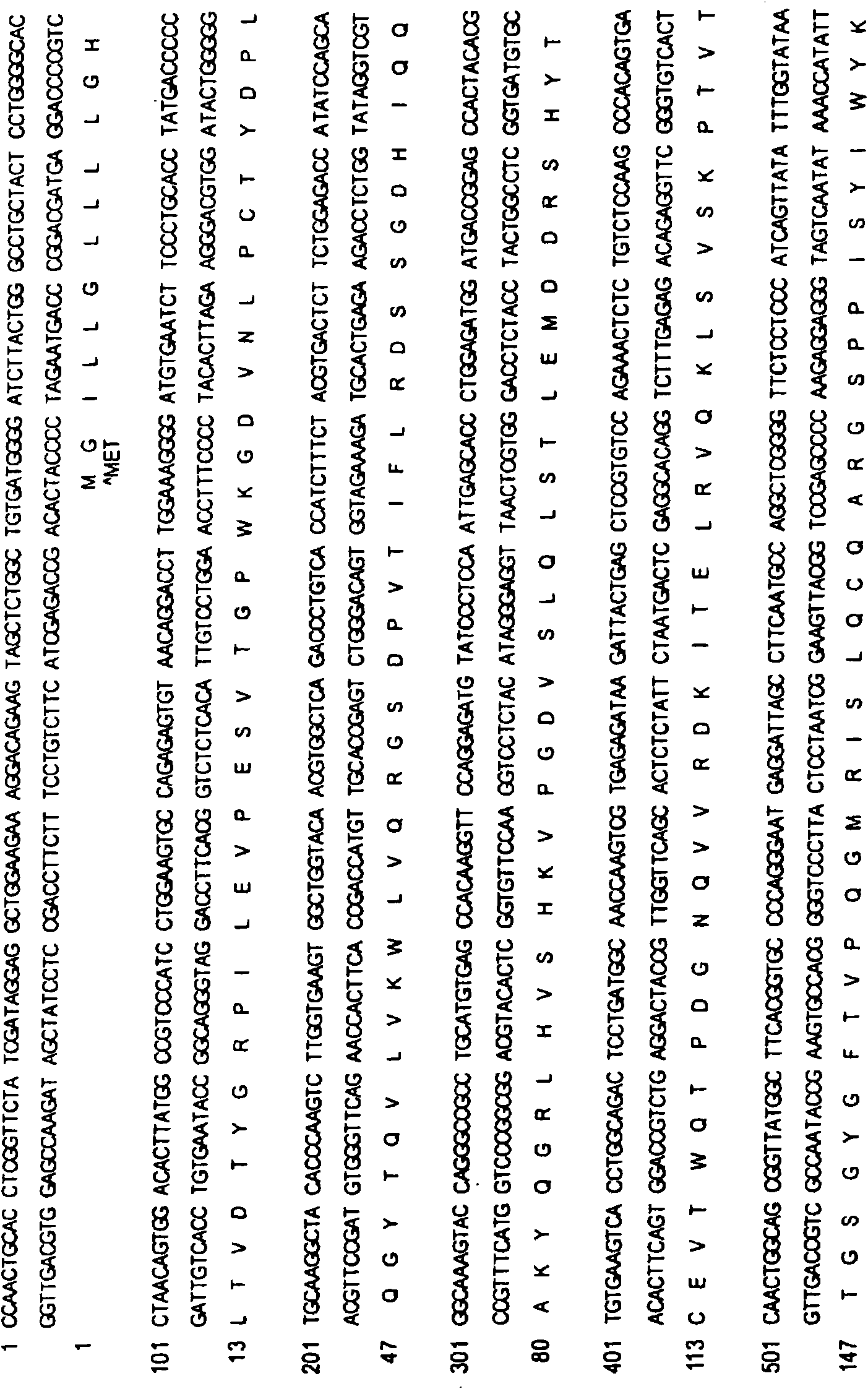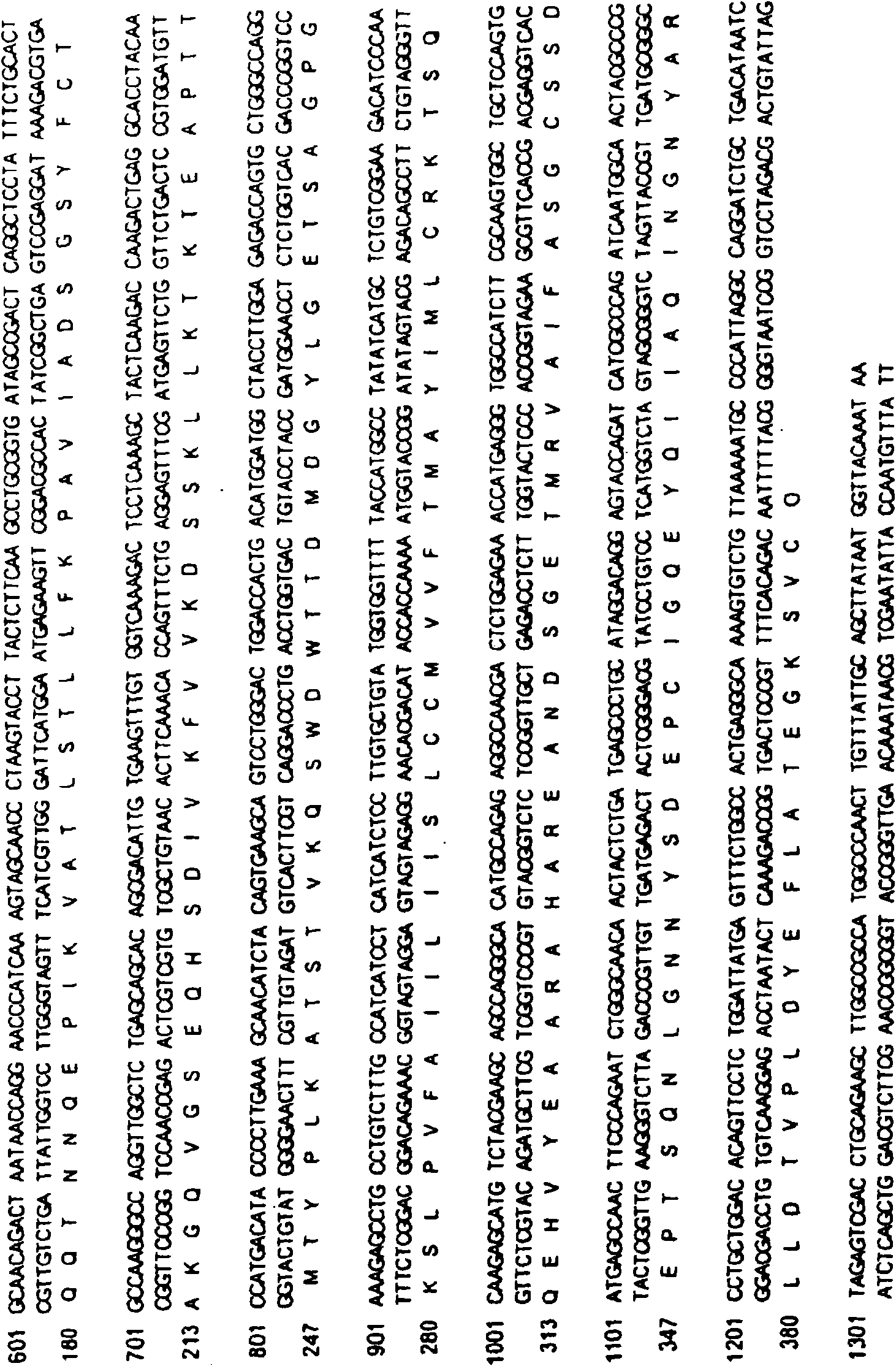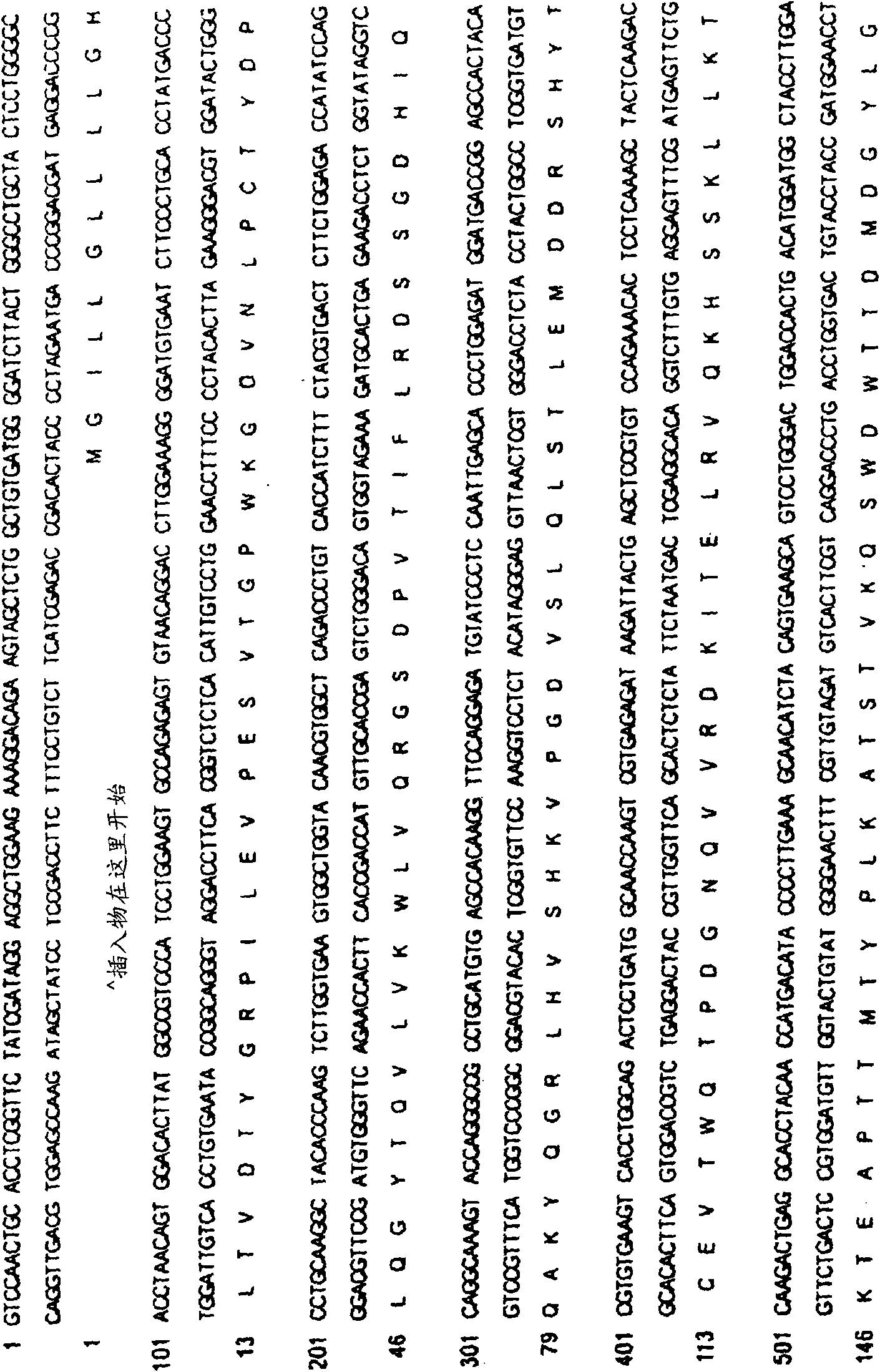Crig antagonists
An antagonist, antibody technology, applied in the direction of antiviral agent, antifungal agent, antibacterial agent, etc., can solve the problem of unclear effect and so on
- Summary
- Abstract
- Description
- Claims
- Application Information
AI Technical Summary
Problems solved by technology
Method used
Image
Examples
preparation example Construction
[0078] Preparation of anti-CRIg antagonistic antibody
[0079] (i) Antigen preparation
[0080] Soluble antigens or fragments thereof, optionally conjugated to other molecules, can be used as immunogens to generate antibodies. For transmembrane molecules, such as receptors, fragments thereof (eg, extracellular domains of receptors) can be used as immunogens. Alternatively, cells expressing transmembrane molecules can be used as immunogens. Such cells may be derived from natural sources such as cancer cell lines, or may be cells transformed by recombinant techniques to express transmembrane molecules. Other antigens and forms thereof useful for preparing antibodies will be apparent to those skilled in the art.
[0081] (ii) Polyclonal Antibody
[0082] Polyclonal antibodies are preferably raised in animals by multiple subcutaneous (sc) or intraperitoneal (ip) injections of the relevant antigen and adjuvant. Using bifunctional or derivatizing reagents such as maleimidoben...
Embodiment 1
[0179] Example 1: Generation of monoclonal antibodies against muCRIg and huCRIg-short
[0180] Monoclonal antibodies against murine CRIg (muCRIg) were generated by 11 injections of monophosphoryl lipid A / dicorylate in the footpads of B6 (KO) mice Jam46E3 (Genentech, Inc.) 2 μg of immunoadhesin mouse (mu) CRIg-mFc (PUR 9465, mouse CRIg fused to the C-terminal Fc portion of mouse IgGl ) in thehalose dicorynomycolate adjuvant (Corixa, Hamilton, MT). Popliteal lymph nodes from mice were fused with P3X63Ag.U.1 (ATCC #CRL-1957) myeloma cells. Hybridoma cells were screened for binding affinity to muCRIg using muCRIg-LFH (PUR 9052, mouse CRIg conjugated to a leucine zipper, flag and (8x) histidine tag). Antibody-producing cell lines were cloned by limiting dilution.
[0181] In another study, monoclonal antibodies against muCRIg and huCRIg-short (huCRIg-short) were generated by 11 injections of monophosphoryl lipid A in the footpad of B6 (KO) mice Jam4 6E3 / 2 μg each of muCRIg a...
Embodiment 2
[0183] Example 2: Further characterization of monoclonal antibodies against muCRIg and huCRIg-short
[0184] Inhibition of iC3b binding to CRIg-expressing CHO cells incubated with anti-CRIg blocking antibody: 400,000 CHO cells were incubated with antibody for 25 minutes at 4°C and washed once. 5 μg / ml (27 nM) iC3b was added and incubated for 30 minutes at 4°C, washed and analyzed on a FACScan. The results are shown in Figure 6 .
[0185] Blocking of iC3b binding to CRIg+ peritoneal macrophages: Peritoneal cells were lavaged, centrifuged once and resuspended in 1% gelatin, 1 mM Ca ++ and 1mM Mg ++ (GVB ++ ) in Veronal buffer. Cells were incubated with or without endotoxin-free monoclonal antibodies (anti-CRIg mAb, clone 2H1, and isotype control). After 30 minutes of incubation, cells were incubated with different concentrations of A488-labeled iC3b (Advenced Research Technologies Inc.). Cells were then blocked for FcR-mediated binding (as described above) and stained ...
PUM
 Login to View More
Login to View More Abstract
Description
Claims
Application Information
 Login to View More
Login to View More - R&D
- Intellectual Property
- Life Sciences
- Materials
- Tech Scout
- Unparalleled Data Quality
- Higher Quality Content
- 60% Fewer Hallucinations
Browse by: Latest US Patents, China's latest patents, Technical Efficacy Thesaurus, Application Domain, Technology Topic, Popular Technical Reports.
© 2025 PatSnap. All rights reserved.Legal|Privacy policy|Modern Slavery Act Transparency Statement|Sitemap|About US| Contact US: help@patsnap.com



